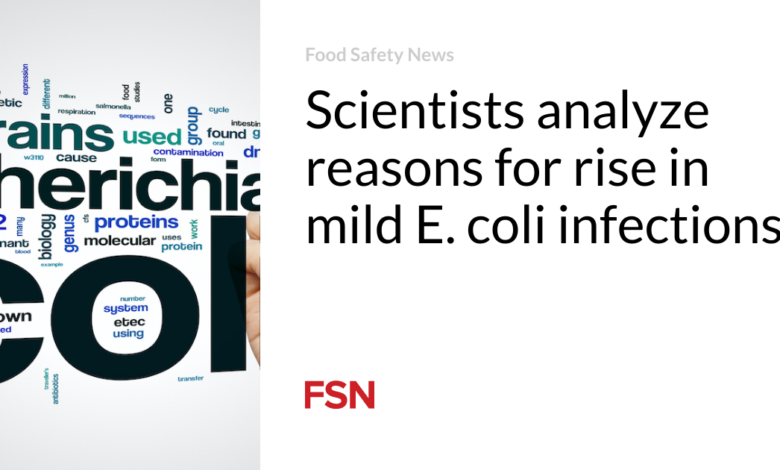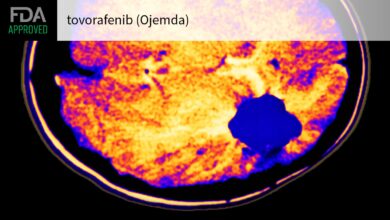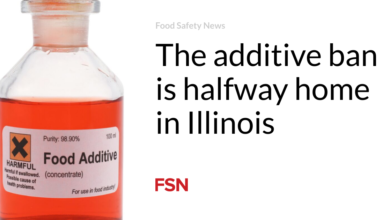Scientists analyze reasons for rise in mild E. coli infections

A study has shown increased detection of mild E. coli infections and revised lab testing practices in Australia which may lead to changes in public health response.
In Queensland, 31 of 96 Shiga toxin‒producing E. coli (STEC) cases during 2020 to 2022 were reported by a specialty pathology laboratory for alternative health practitioners.
In Australia, laboratory-confirmed STEC, based on isolation by culture or detection of Shiga toxin genes by nucleic acid testing of feces, is a notifiable condition. In 2022, the national notification rate was 3.2 cases per 100,000 population in Australia and 0.6 cases per 100,000 population in Queensland. All reported STEC cases are investigated to identify a source of infection.
The frequency of asymptomatic STEC patients increased in Queensland from 2 percent in 2018 to 2019 to 29 percent in 2022. Asymptomatic means there are no symptoms.
Scientists found that an increasing number of cases had been reported from a specialty pathology laboratory (SPL) in the state of Victoria that services healthcare providers, including alternative health practitioners such as naturopaths and nutritionists.
STEC case data was extracted from the Queensland Health Notifiable Conditions System database and case report forms for January 2020 to December 2022. Findings were published in the journal Emerging Infectious Diseases.
STEC case management
SPL diagnosed STEC by doing multiplex PCR for enteric pathogens on fecal samples from patients. STEC confirmation and characterization of culture-positive isolates was then done by the Microbiology Diagnostic Unit Public Health Laboratory at the University of Melbourne.
The 31 SPL-reported patients were more commonly female compared with other pathology labs. Of the SPL-diagnosed cases, 23 of 27 had stool testing requested by alternative health practitioners, a naturopath or a nutritionist and four were requested by medical practitioners.
The other 65 cases were from other pathology labs that provide services for medical practitioners only. More patients given a diagnosis by these labs were symptomatic, experienced bloody diarrhea, and were hospitalized compared to SPL-diagnosed cases.
Hemolytic uremic syndrome (HUS) was reported in cases from other pathology labs, among children and older adults aged from under 1 to 85. Serotypes O111, O157, O26, and O145 and genes known to cause severe disease were higher for those diagnosed by other pathology labs.
The investigation provided insight into the increasing detection of mild STEC infection and changes in lab practices, including testing requests by alternative health practitioners.
“Management of STEC cases requires resources for follow-up and testing of both symptomatic and asymptomatic patients and their contacts. Reports of asymptomatic cases and changes in testing practices, as shown by this study, suggest a need to revise existing guidelines for the management of STEC cases on the basis of clinical manifestations, laboratory testing, identification of risk-groups, and available resources,” said scientists.
Food irradiation consultation
Meanwhile, Food Standards Australia New Zealand (FSANZ) has called for comments on a food irradiation proposal.
The application by Steritech seeks to increase the maximum energy level for machines generating X-rays used to irradiate food, from 5 megaelectronvolts (MeV) to 7.5 MeV, provided the X-ray target of the machine source is made of tantalum or gold.
There will be no change to the absorbed dose of irradiation in foods, according to Steritech.
FSANZ believes there are no safety concerns associated with the irradiation of currently permitted commodities at already approved absorbed doses. Existing requirement for mandatory labeling of irradiated foods will continue to apply.
Regulations in the United States, Canada, and South Korea allow increased energy of the electron beam up to 7.5 MeV to generate the X-rays, and the use of tantalum or gold as the X-ray target material to irradiate food.
The deadline to respond is March 15 and more details can be found by following this link.
(To sign up for a free subscription to Food Safety News, click here.)


